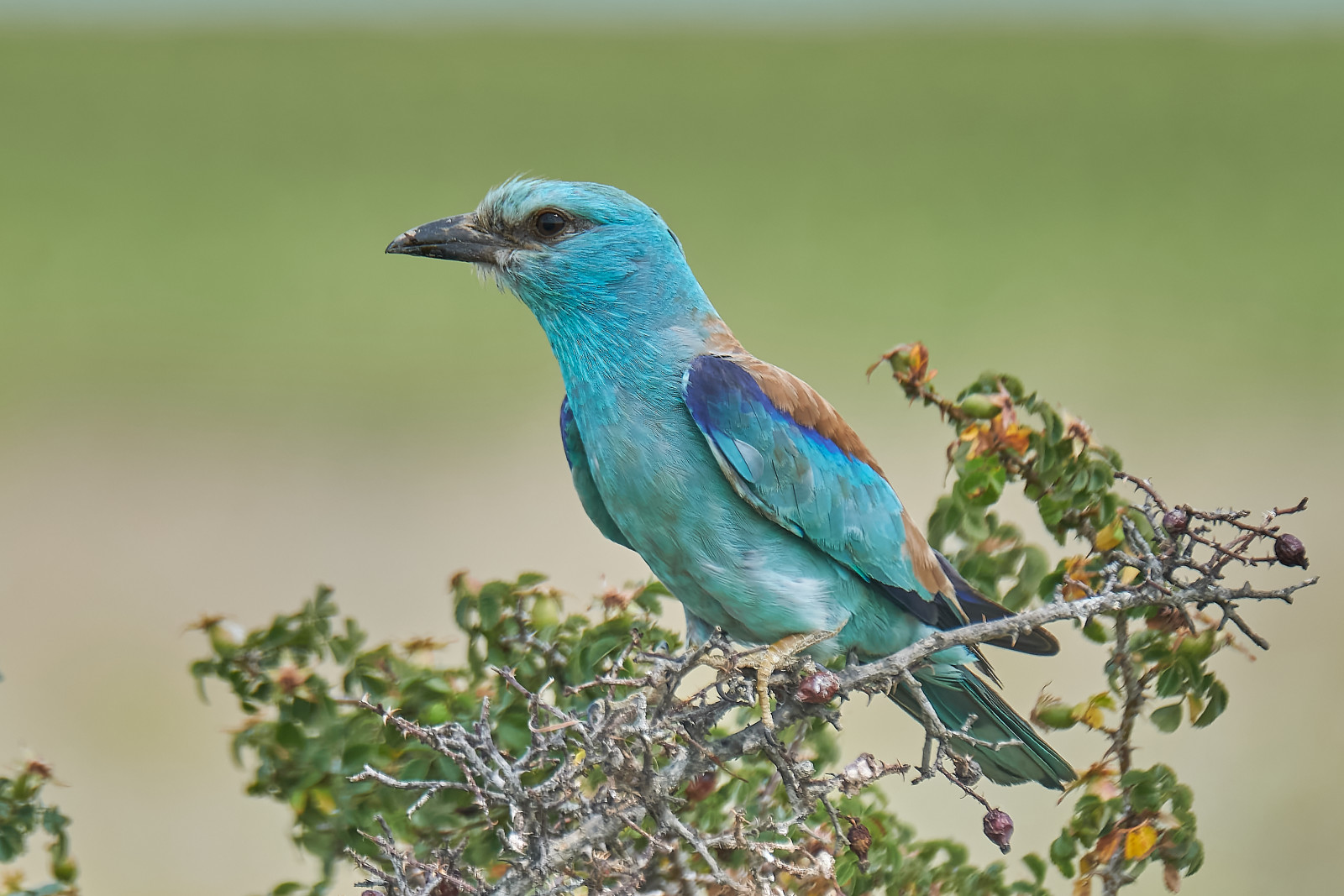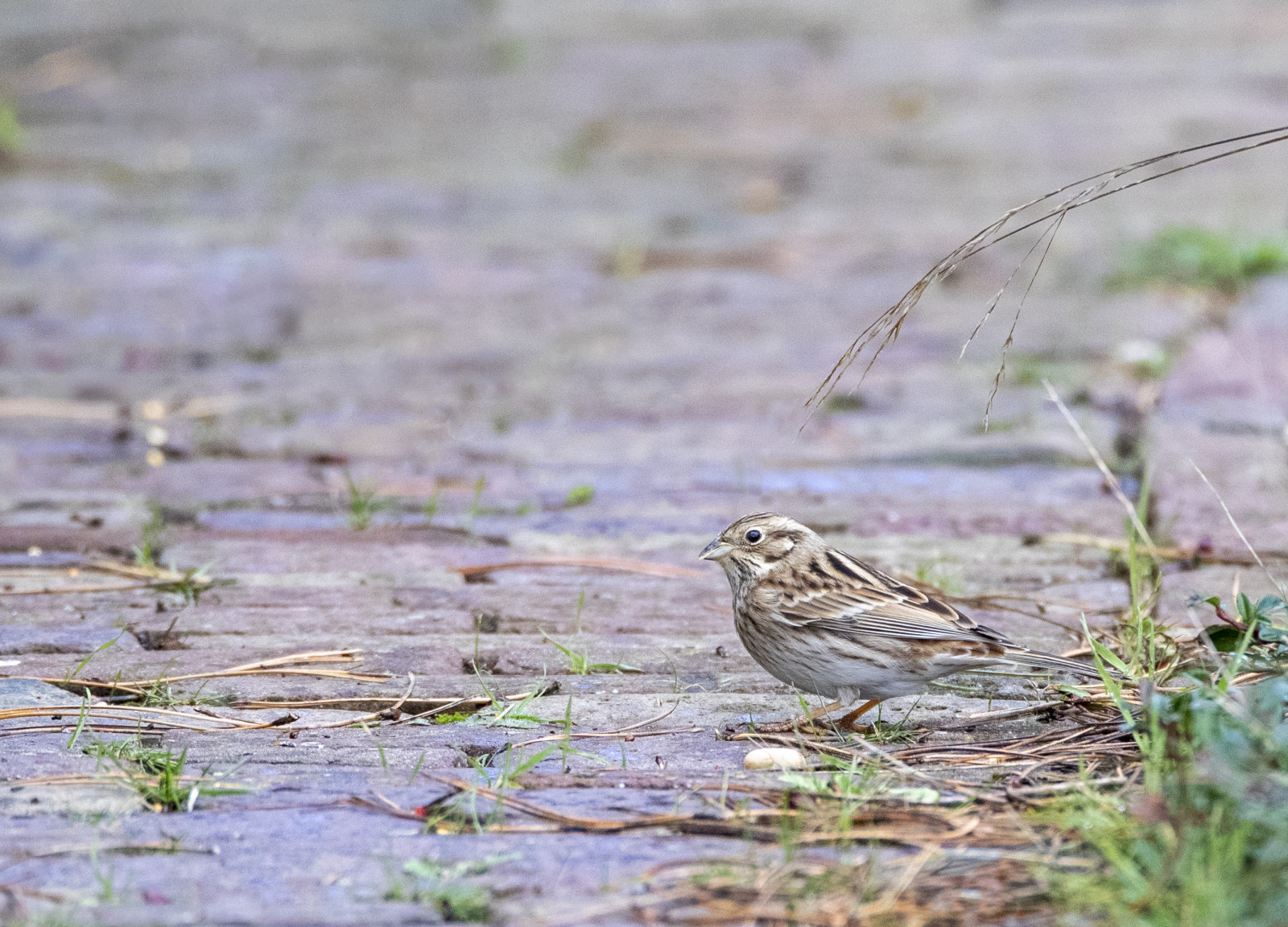Description
The Magredi di Vivaro is a unique area of its kind in Italy, which somehow recalls the Hungarian steppes, with which it also shares a certain type of vegetation. The site is part of the Natura 2000 network. There are numerous breeding species, many of which are in decline at regional and/or national level, such as Common Quail, European Turtle Dove, Eurasian Nightjar, Stone-curlew, Eurasian Scops Owl , European Honey-buzzard, Eurasian Hoopoe, European Roller, Eurasian Wryneck, Lesser Spotted Woodpecker, Eurasian Hobby, Golden Oriole, Red-backed Shrike, Wood Lark, Eurasian Skylark, Melodious Warbler, Greater Whitethroat, European Stonechat, Tawny Pipit, Corn Bunting, Cirl Bunting. Also in the summer period it is possible to observe Short-toed Snake Eagle, Stock Dove, Montagu's Harrier and European Bee-eater.
During migration the following birds can appear Common Crane, White Stork, Red-footed Falcon, Lesser Grey Shrike, Woodchat Shrike, Icterine Warbler, Sedge Warbler, Grasshopper Warbler, Wood Warbler, Willow Warbler, Lesser Whitethroat, Subalpine Warbler, Pied Flycatcher, Northern Wheatear, Whinchat and Tree Pipit. More rarely Pine Bunting, Great Spotted Cuckoo, Black Stork, Great Snipe,Short-eared Owl and Pallid Harrier.
Instead, in the winter period, in addition to the sedentary species, various wintering birds can be observed, such as Golden Eagle, Hen Harrier, Merlin, Peregrine Falcon, Great Grey Shrike, , Fieldfare, Meadow Pipit, Water Pipit, Brambling, Hawfinch, Eurasian Siskin, Yellowhammer and Reed Bunting.
_________________________
Italiano: I Magredi di Vivaro sono un'ampio territorio costituito da landa steppica e radi arbusti, che si sviluppa ai margini del greto dei fiumi Cellina e Meduna. Si tratta di un'area unica in Italia nel suo genere, che richiama in qualche modo le steppe ungheresi, con cui ha in comune anche un certo tipo di vegetazione. Il sito fa parte della rete Natura 2000, trattandosi di una ZPS .
Numerose sono le specie nidificanti, molte delle quali risultano in declino a livello regionale e/o nazionale, come Common Quail, European Turtle Dove, Eurasian Nightjar, Stone-curlew, Eurasian Scops Owl, European Honey-buzzard, Eurasian Hoopoe, European Roller, Eurasian Wryneck, Lesser Spotted Woodpecker, Eurasian Hobby, Golden Oriole, Red-backed Shrike, Wood Lark, Eurasian Skylark, Melodious Warbler, Greater Whitethroat, European Stonechat, Tawny Pipit, Corn Bunting, Cirl Bunting. Sempre nel periodo estivo è possibile osservare Short-toed Snake Eagle, Stock Dove, Montagu's Harrier, European Bee-eater.
Durante la migrazione fanno la loro comparsa Common Crane, White Stork, Red-footed Falcon, Lesser Grey Shrike, Woodchat Shrike, Icterine Warbler, Sedge Warbler, Grasshopper Warbler, Wood Warbler, Willow Warbler, Lesser Whitethroat, Subalpine Warbler, Pied Flycatcher, Northern Wheatear, Whinchat, Tree Pipit. Più raramente Pine Bunting, Great Spotted Cuckoo, Black Stork, Great Snipe,Short-eared Owl, Pallid Harrier.
Invece, nel periodo invernale, oltre alle specie stanziali si possono osservare vari svernanti, come Golden Eagle, Hen Harrier, Merlin, Peregrine Falcon, Great Grey Shrike, Song Thrush, Fieldfare, Meadow Pipit, Water Pipit, Brambling, Hawfinch, Eurasian Siskin, Yellowhammer, Reed Bunting.
Details
Access
Access to the actual Magredi area is prohibited for motorized vehicles (cars, motorbikes, quads, etc.), which is why it is advisable to park at the edge of the area. For directions to a parking spot click on a P in the map. From the parking you can access the area on foot or by bike, following the dirt roads and paths present. It is important not to leave the paths already mapped out, to avoid disturbing the fauna and damaging the flora.
_________________________
Italiano: L'accesso all'area vera e propria dei magredi è vietato ai mezzi motorizzati (auto, moto, quad, etc), motivo per cui conviene parcheggiare ai margini dell'area ed accedere a piedi o in bici, seguendo le strade sterrate ed i sentieri presenti. E' importante non uscire dai percorsi già tracciati, per evitare di disturbare la faune e danneggiare la flora.
Terrain and Habitat
Scattered trees and bushes , Grassland , Moors/heathland , Steppe , Plain , ForestConditions
Rocky , Dry , Open landscape , Dusty , No shadow , FlatCircular trail
YesIs a telescope useful?
Can be usefulGood birding season
All year roundBest time to visit
Spring , Autumn , Spring migration , Autumn migrationRoute
Unpaved road , Wide pathDifficulty walking trail
EasyAccessible by
Foot , BicycleBirdwatching hide / platform
NoExtra info
Note: the area is subject to military exercises, so on days when there are exercises, access may be partially closed.
_________________________
Italiano: La zona è sottoposta a servitù militare, per cui nelle giornate in cui ci sono esercitazioni l'accesso può essere parzialmente interdetto.





